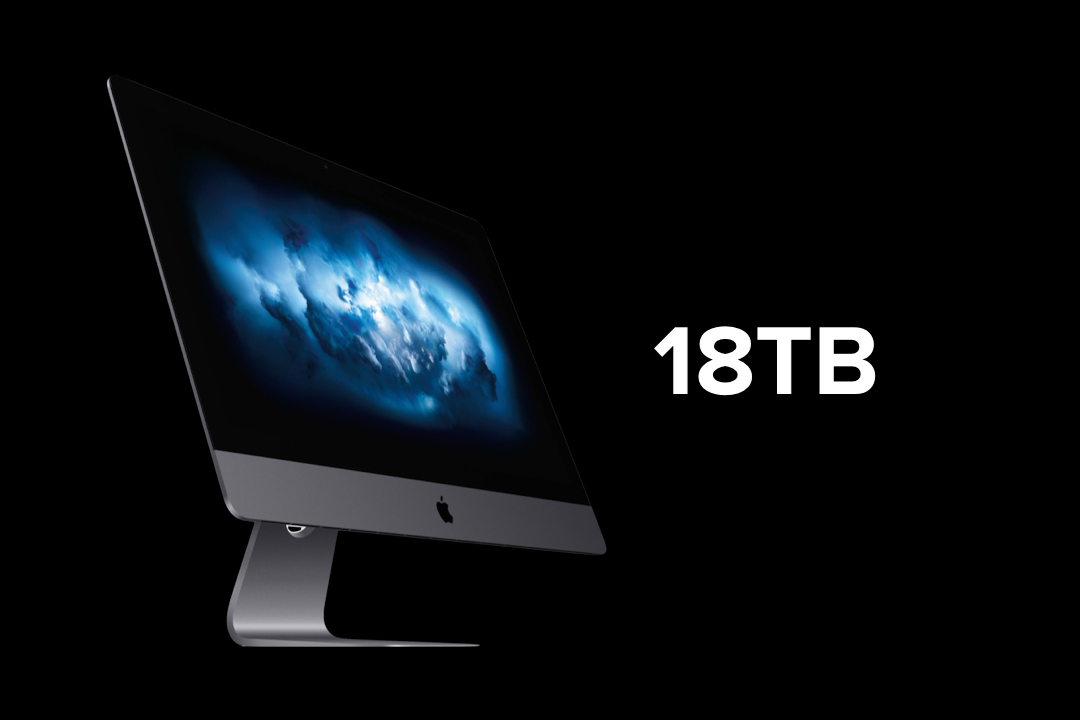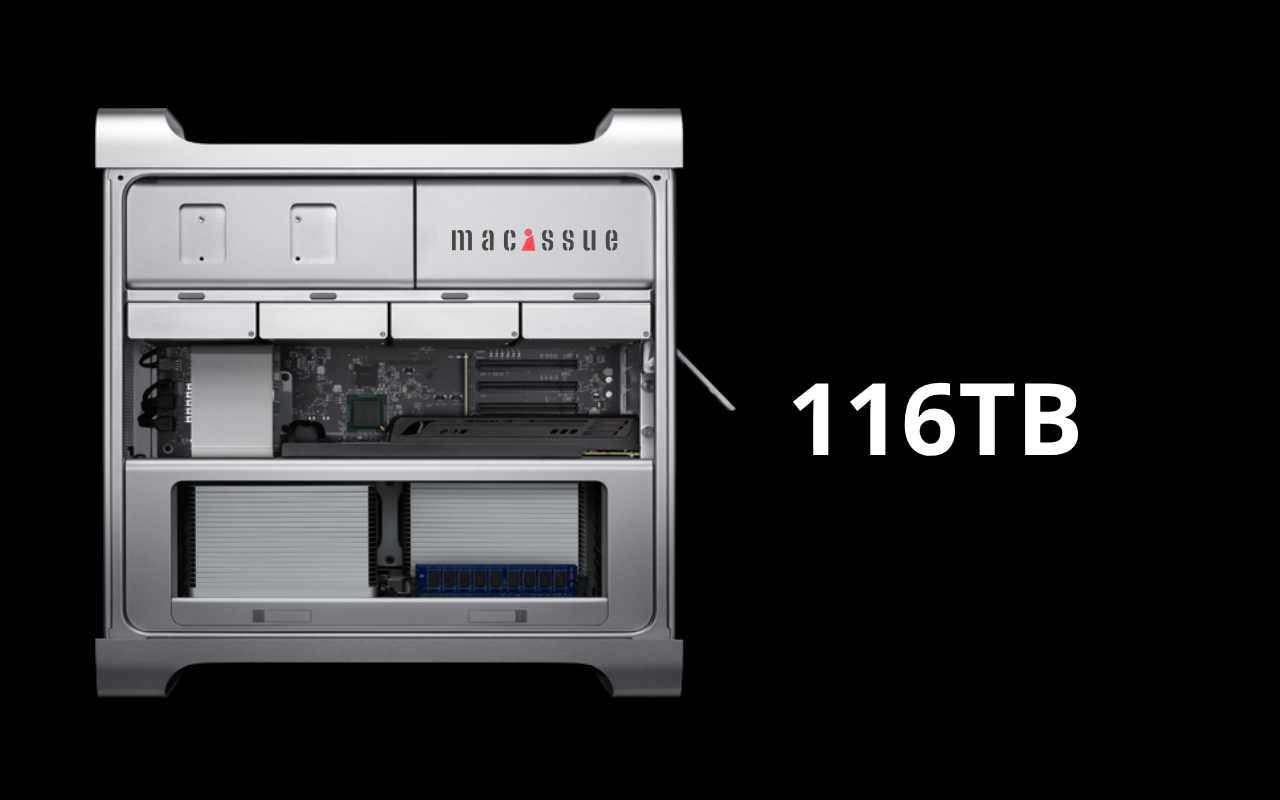During the startup process, the Mac checks for the presence of a startup disk, which is usually the built-in disk drive. If the startup disk is found, the Mac will display the Apple logo as an indication that the system is beginning to boot up.
As the startup process continues, the user may see a progress bar displayed on the screen, which indicates the progress of the boot process. Sometimes the Apple logo may also be displayed alongside the progress bar.
It is important to note that during the startup process, the screen may go blank a few times. This is a normal behavior of the Mac, and there is no cause for alarm. The blank screens are just a temporary phase in the startup process and will not harm the computer in any way.
It is advisable for users to be patient during the startup process and allow the Mac to complete the booting process without interference. If the startup process takes an unusually long time, then it may be a sign of a problem that requires further investigation.
If you notice that your Mac is displaying the Apple logo or progress bar for a longer period of time than usual, it may indicate an issue with the macOS update or the startup drive’s directory structures. This situation is not considered normal, and it is essential to investigate and resolve the problem to avoid potential data loss or system failure. If the issue is related to the macOS update, formatting the drive and reloading the operating system may be a viable solution to get your system up and running again. However, it is crucial to keep in mind that formatting the drive will erase all the data stored on it, so it is important to make sure that you have a backup of all your important files before proceeding with this solution.
In the event that a user experiences a failure to complete a macOS update on their Mac, it is crucial to determine whether or not a backup copy of their data exists. If a backup copy does not exist, the situation becomes complicated. It is common for users to neglect creating backup copies of their data, assuming that their Mac will never crash or fail. However, if the system drive has failed to complete its macOS update after several hours, it is likely that the drive is already experiencing issues and requires immediate attention.
Losing important files and data due to a drive failure or corruption can be a distressing experience for any user. If the user does not have a backup copy of their data, they may find themselves in a difficult situation. In such a scenario, the only option available to them would be to take their computer to a professional data recovery service. This process can be both time-consuming and expensive, and there is no guarantee that all the lost data can be recovered.
It is for this reason that creating a backup copy of important files and data on a regular basis is highly recommended. This ensures that even if the primary drive fails, the user can restore their data from the backup without any hassle. There are several methods to create a backup, including external hard drives, cloud storage services, or using backup software. By taking this precaution, users can avoid the risk of losing important files and data due to unforeseen circumstances.
When a startup drive is having significant issues, it is important to take action as soon as possible. Continuing to let the Mac run in hopes that it will fix itself is not a good idea. In fact, it can lead to even more serious problems. If the Mac is overheating or constantly restarting, it can further damage the drive and possibly other components of the computer as well. It is best to shut down the computer and seek professional help or attempt to troubleshoot the issue yourself with the help of online resources or support. In any case, ignoring the problem and hoping it goes away on its own is not a viable solution and can only lead to more problems down the road.
In case of a startup issue caused by a failing drive, it is strongly advised to turn off the Mac immediately and seek professional help. Continuing to use the Mac in this state can potentially cause irreversible damage to the drive and lead to permanent data loss.
Fortunately, if the user is unable to visit a professional data recovery service in person, there are remote options available such as mail-in services. These services can help recover the data, fix the drive, and re-install a fresh version of macOS.
It is important to note that attempting to recover data or fix the drive on your own can be risky and may cause further damage to the device. Therefore, seeking professional help is always recommended.
 Comprehensive iMac Upgrade
Comprehensive iMac Upgrade Comprehensive Mac Upgrade
Comprehensive Mac Upgrade